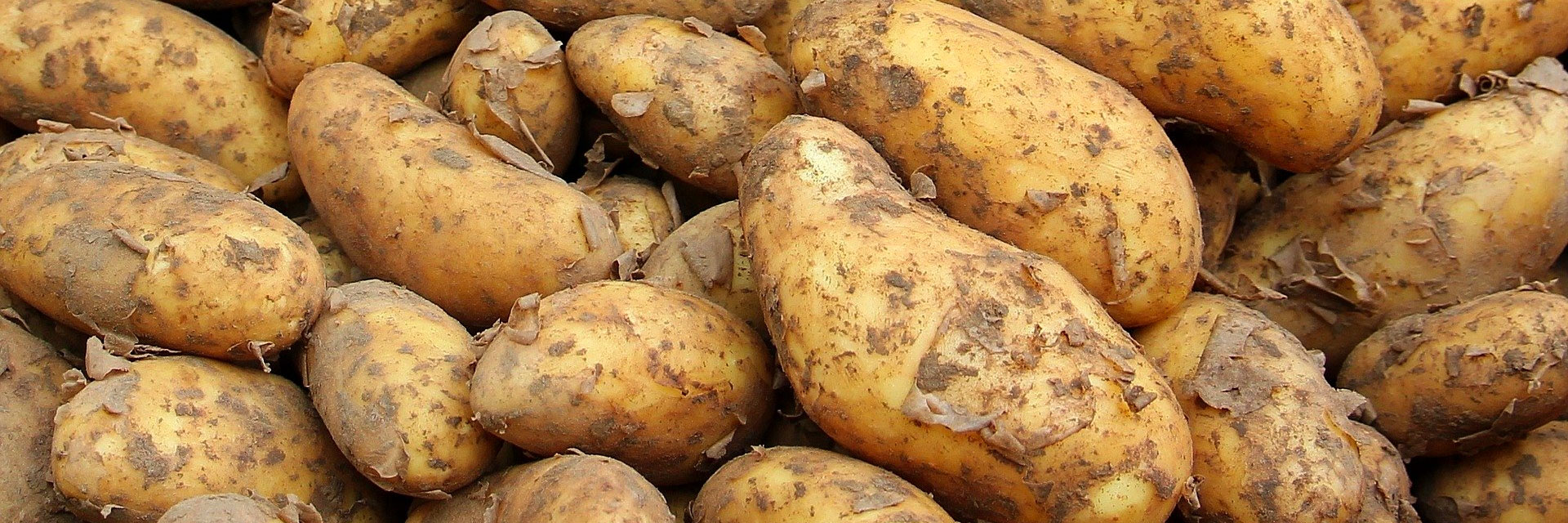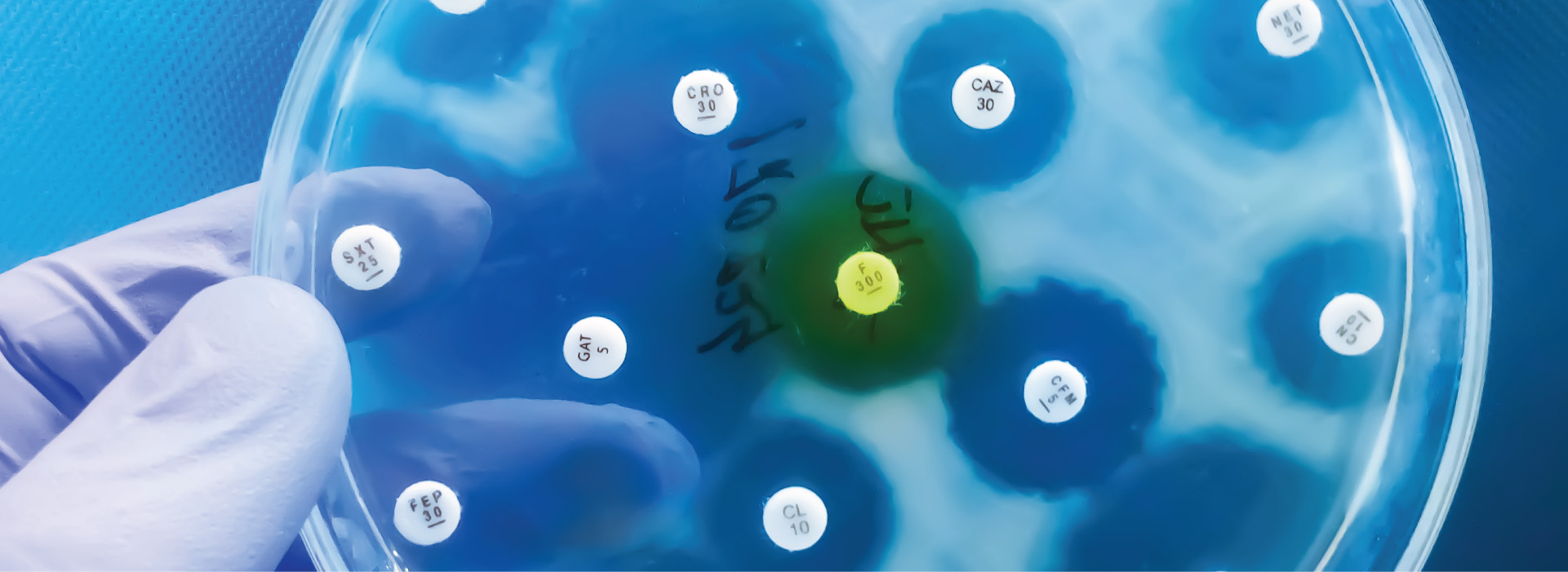
Examining Virus Elimination Techniques
Plant viruses cause the second highest losses to crop yields every year, surpassed only by fungi. A research team in Norway recently compared several in vitro virus elimination therapies on a variety of potato cultivars. Traditional meristem culture, cryotherapy, and a combination of chemotherapy and thermotherapy techniques were included in this study and assessed for their ability to eliminate potato-specific viruses from eight unique cultivars. Figure 1 provides an overview of the experimental procedure used in this study.

Figure 1: A flow chart of the in vitro therapies and virus detection strategy used in this study.*
In this study, the total RNA from potato leaves was extracted using Norgen’s Plant/Fungi RNA Purification Kit. This kit has been optimized to isolate total RNA irrespective of size from even the most challenging of plant and fungi samples, comprising a robust method for researchers and plant pathologists to study plant viruses and viroids.
The purified total RNA was then sequenced on an Illumina platform, similar to the sequencing services offered at Norgen Biotek. Four distinct viruses were found through this sequencing: potato viruses S, X, M, and Y (Figure 2).

Figure 2: Small RNA-seq data of RNA isolated from symptomatic potato plants. Blue represents the reference virus genomes and red represents assembled virus contigs.*
NORBLOG
Want to hear more from Norgen?
Join over 10,000 scientists, bioinformaticians, and researchers who receive our exclusive deals, industry updates, and more, directly to their inbox.
For a limited time, subscribe and SAVE 10% on your next purchase!
SIGN UP
The symptoms of each virus were recorded and are seen in Figure 3. Infection of individual and combined viruses led to a reduction in bud-break (meaning the plant remained dormant) and decrease in plant height.

Figure 3: The effects of virus infection on plants measured by bud-break percentages of healthy segments of plants after three days of culture (A), plant height after three weeks (B), node production of plants after three weeks (C), and the number of microtubers after eight weeks (D).*
The therapy that most effectively eliminated these viruses from the potato cultivars was a combination of chemotherapy and thermotherapy, involving shoot segment growth on shoot maintenance media with 20mg/L ribavirin for three weeks, followed by growth for two weeks in a growth chamber at 37 °C.
The aforementioned method resulted in elimination rates for single viruses between 74 and 93% depending on the virus type and potato cultivar. This study provides a reliable method for creating virus-free potato germplasm and may serve as a foundation for future studies into plant therapies, of which many crop species would benefit.




